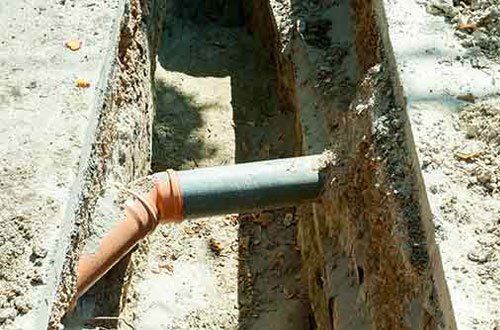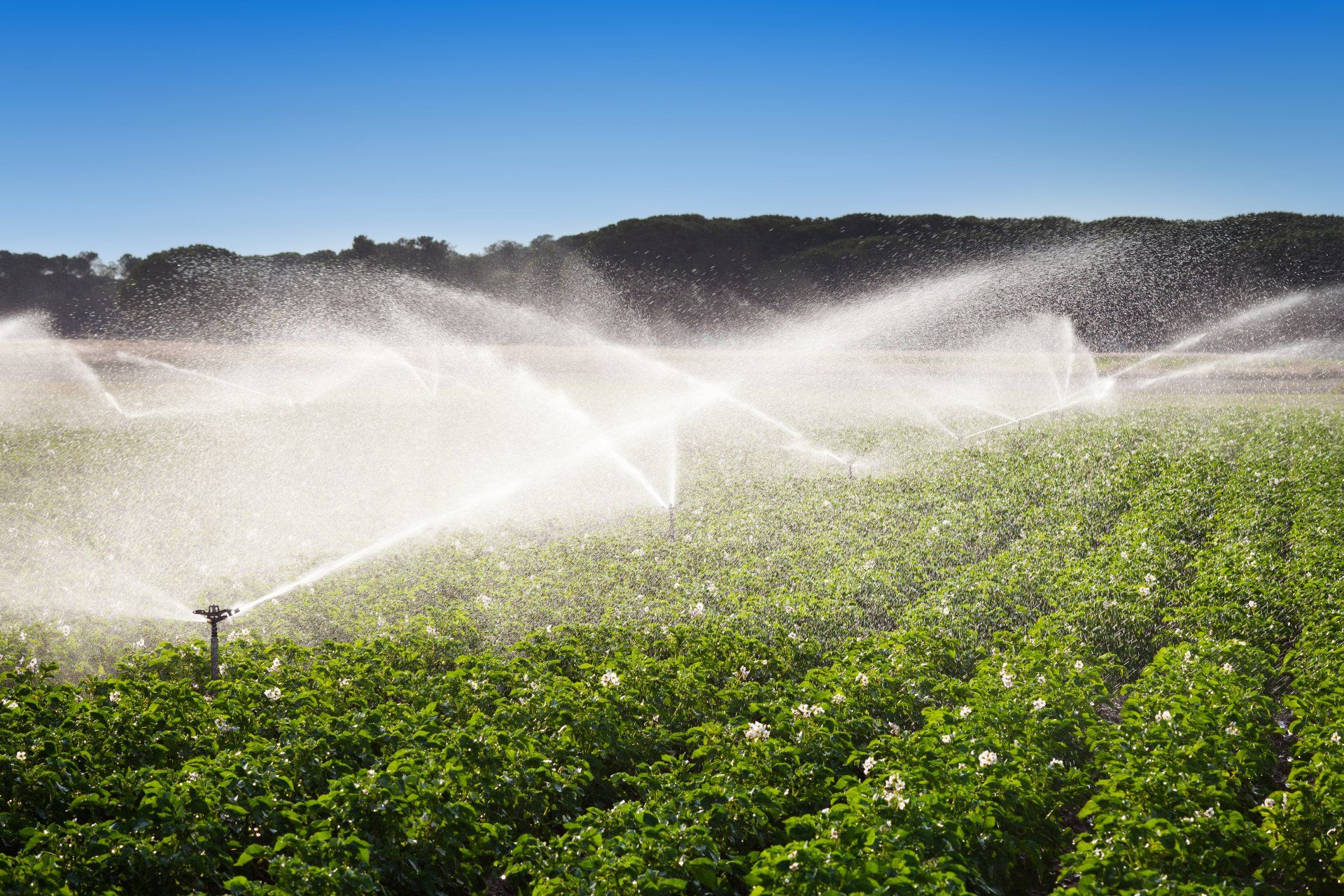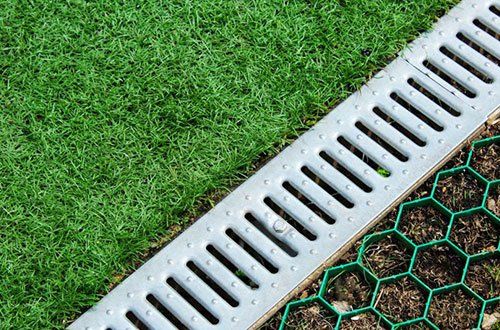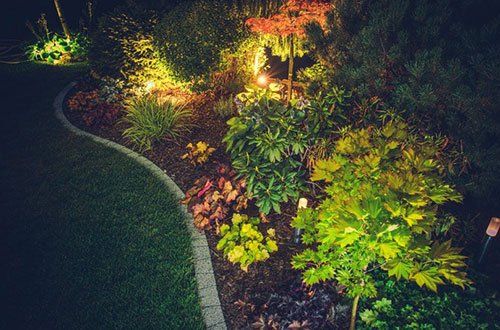Poor drainage can cause problems for homeowners that range from mere inconvenience to outright disaster. Muddy yards are frustrating, but flooded basements can cause expensive damage.
That's why it's important for homeowners to address drainage problems and take steps to remove excess water from their property. Below are four practical things you can do if your property is experiencing with poor drainage.
Slope Terrain Away from Your Home's Exterior
Water isn't going to flow uphill, so it's essential to evaluate the topography of your landscape surrounding your home. If you have low areas near the foundation, the chances are likely that water will pool in these spaces and end up causing trouble.
Should you discover that low spots near your home are why water doesn't seem to go anywhere after a heavy rain, the best and simplest option is to fill in these areas with additional soil. The goal is to create a downward slope from all points surrounding your home; by doing this, you will eliminate much of the potential threat posed by standing water near the foundation.
Install Surface Level Drainage Channels
Another means of combating poor drainage is to install surface level drainage channels. These channels can take shape in any one of several forms, including swales, which are shallow ditches with gently sloping sides, or creek beds.
Deciding on which way to go often comes to down to aesthetics, as almost any type of channel will successfully route water where you need to send it. For example, an artificial creek bed may provide additional opportunities for landscaping or other interest features along the route to the discharge area.
However, before you install a surface level channel, be sure to carefully evaluate factors such as surrounding soil types and where the water discharges. As an example, soil that is loose or too sandy may erode quickly during heavy rains.
Also, discharging your excess water may cause problems for neighbors or violate city ordinances, if mishandled. As such, be sure that you don't route surface drainage onto your neighbor's property or into storm sewers illegally.
Install Underground Drainage Pipes
If surface level drainage isn't an option for you, or if you prefer to keep drainage infrastructure hidden from view, you can take the water underground. Drainage pipes can either directly route water from a collection point to a discharge area, or they can collect water along a specified path with or without a discharge.
If you opt for the first option, you will need to install collection points where water is gathered and funneled into drain pipes. This can be facilitated by installing surface level intakes with drain grates, for example, in locations where water accumulation occurs. Also, buried drainage pipes can be conveniently connected to gutter downspouts to help eliminate problems caused by roof runoff.
The latter option above is to install perforated pipe buried in a gravel substrate. This drainage system, commonly called a French drain, offers advantages by being able to collect water across a widespread area. In many instances, French drains don't require outlets, as the excess water can collect inside the pipe and slowly percolate downward as runoff subsides.
Aerate the Soil
In some instances, you can greatly improve drainage problems by aerating the soil. Aeration helps loosen up soil particles by removing compaction and provides drainage pathways downward.
Accomplished aeration with the use of handheld implements, or it can be performed much more quickly with mechanized aerators. While aeration isn't likely to be a complete solution to drainage problems, it is relatively economical and can also improve the health of your lawn and landscape plants.
If you have questions about drainage around your home, be sure to contact Smith Irrigation for help. The professionals at Smith Irrigation are available to answer your questions and provide solutions to your problems.





